I wrote this article in Japanese and translated it into English using ChatGPT. I also used ChatGPT to create the English article title. I did my best to correct any translation mistakes, but please let me know if you find any errors. By the way, I did not use ChatGPT when writing the Japanese article. The entire article was written from scratch by me, Saikawa Goto.
Introduction
Movies and books covered in this article

Three takeaways from this article
- The movie is shocking even if you only focus on the “filming technique”, which is full of scenes that you can’t imagine how they were shot.
- The “entirely shot in one take style” technique effectively amplifies the sense of tension felt by the two messengers carrying the weight of the mission.
- The film is filled with the creators’ “enthusiasm”, including the elaborately crafted set.
Self-introduction article


Published Kindle books(Free on Kindle Unlimited)
“The genius Einstein: An easy-to-understand book about interesting science advances that is not too simple based on his life and discoveries: Theory of Relativity, Cosmology and Quantum Theory”
“Why is “lack of imagination” called “communication skills”?: Japanese-specific”negative” communication”
The quotes used in this article are based on notes taken at the movie theater from movies in Japanese and are not direct quotes from the foreign language original movies, even if they exist.
The Movie “1917” Depicts the “Tension of the Battlefield” in an Extremely Realistic Way through the Filming Technique of “Entirely Shot in One Take Style”
It was an amazing movie. I think it’s natural that it became a topic of conversation.
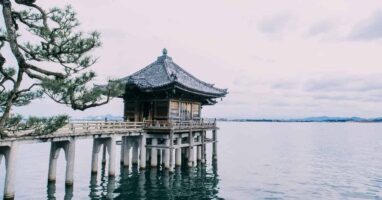
The story is so simple that it can be said that it cannot be made any simpler than this. “To convey the message of ‘cease attack’ to the second battalion located in a distant place by tomorrow morning.” This is the only setting.
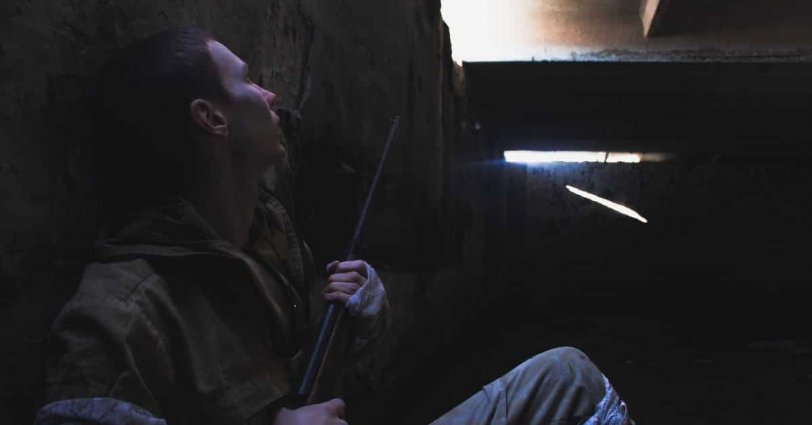
Many people may already know it because it is famous, but this work is shot in a style that looks like it was shot entirely in one take. It seems that it was not actually shot in one take, but it is a work that can only be seen in such a way. Because it is such a structured movie, naturally there are no “flashback scenes” or side stories that are not related to the aforementioned mission are almost not depicted. What is depicted in the movie is simply “to cross through the place that was just the enemy’s territory, overcome various difficulties, and complete the mission as a messenger” only.
Of course, the story itself was also good. However, in “1917”, I felt that the filming technique of “entirely shot in one take style” had an impact on the way the story was received.

First, I would like to touch on that topic.
The Filming Technique of ” Entirely Shot in One Take Style” Brings a Sense of Tension and Realism to the Battlefield
I used to work at a bookstore and at that time, I came up with various “slightly innovative ways to sell books” and put them into practice. Simply lining up books does not sell very well, so I added eye-catching tricks and devised ways to stimulate interest and displayed them in the store.
At that time, what I was quite conscious of was “doing a selling method that matches the book.” In other words, it’s about “whether there is a necessity.” No matter how unique and innovative the selling method I come up with, it won’t work well if it doesn’t match the method of delivering that book. This is not a story about my policy, but about how “the content of the book” and “the selling method” affect sales.
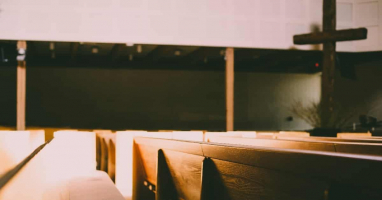
Why am I telling you this? That’s because I want to think about whether the filming technique of “entirely shot in one take style” in the movie “1917” is appropriate for the content of the work. And to put it simply, I felt that “the content of the story” and “the filming technique” resonate very well with each other. If they had simply adopted the filming technique of “entirely shot in one take style” with the idea of “let’s do something innovative,” I don’t know if the film would have turned out to be such an inspiring work. I felt that this point, that is, “the fact that ‘the content of the story’ and ‘the filming technique’ match,” is first and foremost a wonderful point.
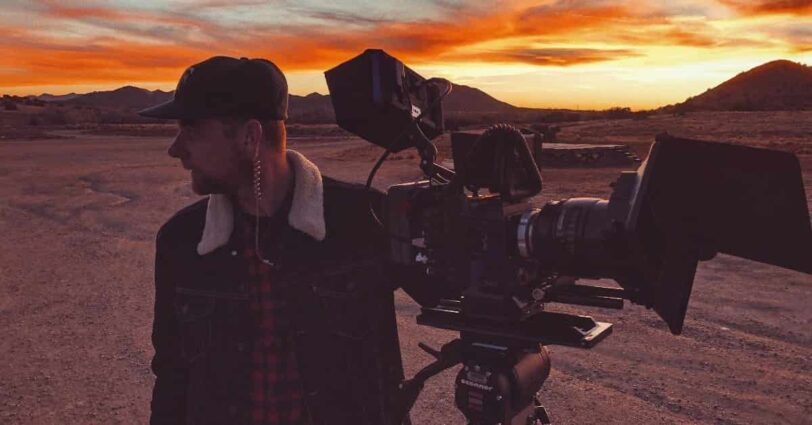
Let’s touch upon the setting of the movie a bit more. The story begins around noon on April 6, 1917, and unfolds within a time frame of less than one day until the following morning. I’ll go into more detail later, but the situation that the messengers are placed in is quite harsh. If they don’t act as quickly as possible and deliver the message that needs to be delivered, many lives may be lost. They have to accomplish such an important mission with just two people.
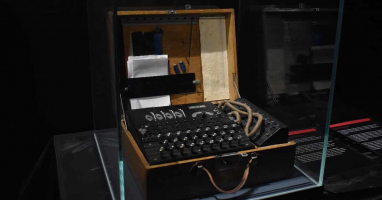
The time is limited, the path they must take is quite treacherous. This mission is carried out by just two people, and failure is not an option. Of course, since it’s a battlefield, perhaps we should see such extreme situations as “natural.” However, that doesn’t matter to the two messengers. They feel the pressure of the overwhelming burden that is too much for an individual, yet somehow they continue to move forward for their fellow soldiers.
And I felt that the filming technique of “entirely shot in one take style” conveyed the tremendous sense of urgency realistically to the audience.
The filming method of “entirely shot in one take style” conveys all the information about the characters in that particular scene without interruption. If the footage is edited, the information that should have been included in the “cut-off scene” will not reach the audience. However, in “1917,” the messengers’ experiences of what they saw, heard, touched, and even smelled can be experienced by the audience in the same way. Since there are only two main characters, they are mostly always in front of the camera. In other words, it is structured so that their experiences become the audience’s experiences. It is truly like “being inside the world of the movie.”
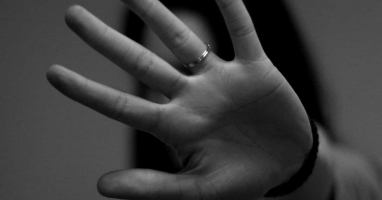
And on top of that, I think the filming technique of “entirely shot in one take style” brings a special “sense of tension” to the audience. I think this is a strange feeling even for myself, but watching footage filmed with the camera rolling for a long time makes me nervous, thinking, “Won’t the actors make a mistake and need to redo the shot?”
There are a few places in the film where I can imagine that they probably cut and edited the footage. I think they combined several 20-30 minute long shots to make a complete movie. If that’s the case, the actors and staff cannot make mistakes in their acting or camera work for at least 20 minutes.

Since it is “completed as a movie”, there is no way that “the actors make a mistake and need to redo the shot”. I understand that. On the other hand, as previously mentioned, this movie is a work that gives a sense of being “in the world of the movie”. Of course, that feeling is like “being on a battlefield in 1917,” but at the same time, the feeling of “being on the set of the movie ‘1917’” also overlaps. And with that feeling comes the thought of “the possibility of the actors and staff making a mistake and needing to redo the shot.”
And the feeling of “nervousness about the possibility of retakes” acts like “the suspension bridge effect” and increases the illusion that “I am now experiencing the tremendous sense of tension on the battlefield.” I found this feeling to be very interesting.
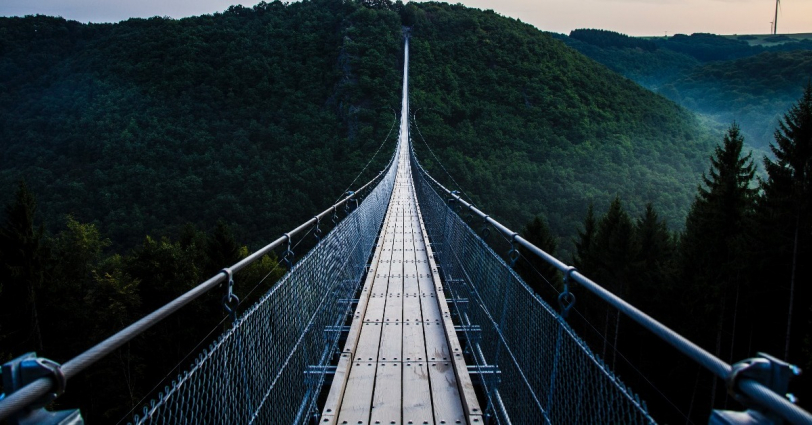
Of course, I wasn’t analyzing the movie like this while watching it. Later, I thought, “Ah, the tremendous sense of tension I felt while watching the movie must have been born from this reasoning.” It might be completely off-base analysis, but I thought about it this way and was quite satisfied with my own understanding.
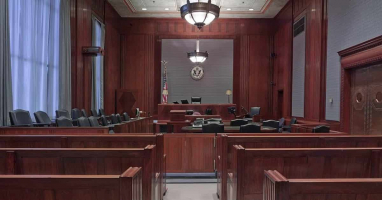
In addition to immersing you in a world of images, the “suspension bridge effect” creates a sense of being on a movie set and doubles the sense of tension. This makes it possible to effectively convey the story, as the “content of the story” and “filming techniques” are matched perfectly. I can’t imagine whether my interpretation matches the intentions of the creators, but I strongly feel the “necessity” of the filming technique of this movie, which is shot entirely in one take.
Above all, I think this is a fantastic movie.
Content Introduction
On April 6, 1917, Blake was called by his superior and given a mission. He was to deliver a message of “cease attack” to another unit by the next morning.
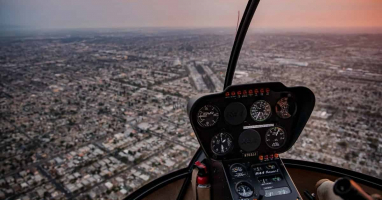
It was discovered that the German army, which was supposed to be on the other side of the front line, had retreated a while ago. Colonel Mackenzie’s second battalion, thinking to attack the retreating German soldiers, pursued them and planned to launch an attack the next morning. However, after analyzing aerial footage, it was discovered that the whole movement was a trap by the German army. If they continue on this path, the second battalion with 1600 soldiers might fall into the trap. So that’s why they have to convey “do not attack”.
But why was such a crucial mission entrusted to a mere private like Blake? The reason is clear. Blake’s brother is in the second battalion. If he fails to deliver this message successfully, his brother’s life will be in danger. Therefore, Blake is expected to “do whatever it takes to succeed in the mission.”

When Blake was heading to his superior, he happened to call out to Schofield, who was nearby. As a result, Schofield was forced into this difficult mission by chance. The superior said that the German army had retreated from the front line, but it is not certain if that information is accurate. Schofield advised waiting until nightfall, but worried about his brother’s safety in a critical situation, Blake began to act in daylight.
In terms of distance, it should take about 8 hours to reach the second battalion’s base, even if it takes time. There should be enough time until the next morning…

Impression
This movie has a great story, but what surprised me the most was the filming technique of “entirely shot in one take style”

I was surprised by many scenes in the movie where I had no idea how they were filmed. While watching the movie, I muttered to myself many times, “How did they shoot this?”
As mentioned earlier, there are some parts where I feel like they are probably dividing the cut here, such as right after the explosion where the entire screen goes black. I also feel like they may have divided the cut when jumping into the river.
Even if they were cutting the scenes at these “breaking points,” they still had to successfully film a 20-minute long shot. That seems like an incredibly difficult thing to do. They would have had to execute every element flawlessly for 20 minutes, including the actors’ performances, the camera work, and the staff’s movement to avoid being caught on camera. I think the film was probably made with a lot of hard work from everyone involved, which is amazing.
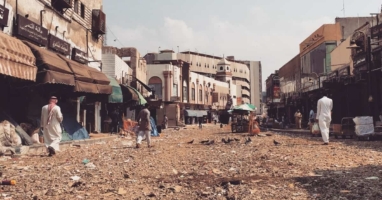
What’s more, this movie unfolds so dynamically that it’s hard to believe that they decided to shot it entirely in one take style. Since the movie takes place on a battlefield, it’s natural that the camera follows people running at full speed, getting swept away in raging rivers, and even having fighter planes crashing down. Additionally, there are elements such as babies and mice that are difficult to control. Managing all of these things without any mistakes is no small feat. I really don’t know how they did it.
Also, I was surprised by the scene where a certain character’s complexion suddenly turns pale, which might be a bit of a spoiler. It’s still a mystery how they filmed it. Certainly, the character moved slightly out of the camera frame just before their complexion changed. Perhaps they did something during that brief moment. However, I don’t know how they could change their complexion so drastically in such a short amount of time. In this way, many strange situations occur in various scenes (I write by assuming that no CG was used, but is it actually CG?).
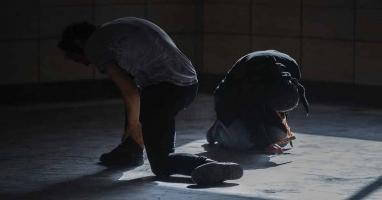
What’s incredible is not just the filming technique, but also the set design. The trenches and buildings that have been bombed look incredibly realistic. Although I’ve never seen a real battlefield, it was reminiscent of the scenes depicted in the documentary film “They Shall Not Grow Old,” which reconstructed and colorized black and white footage from World War I. You could say that “1917” captures the same kind of realism as that film, depicting the reality of a battlefield during the same time period.
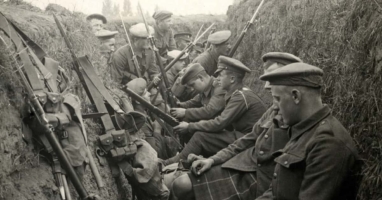
In addition to the filming technique, the passion for reproducing reality was also great. The filming technique called “entirely shot in one take style” might be made possible by advancements in technology, but it must have been the result of the extraordinary “passion “of the creators, including the actors, which seemed to permeate all aspects of the film, not just the filming technique.
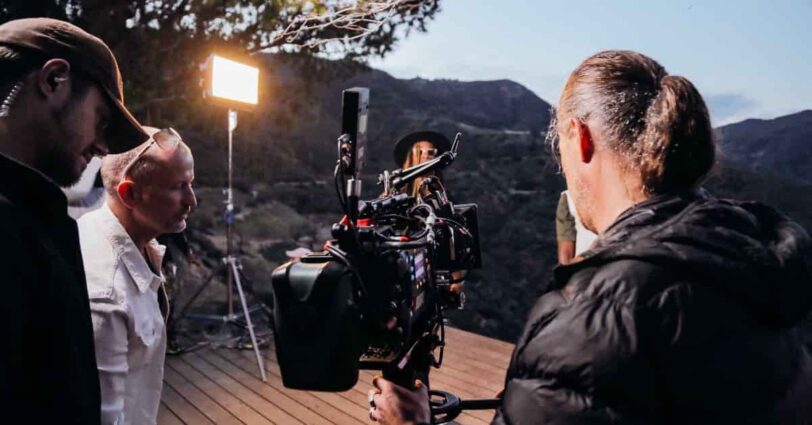
And probably, such “passion ” was born from a desire to deliver the message that “war should be eliminated”. If you watch the movie, everyone will surely realize the foolishness of war and the meaninglessness of risking lives.
To make people feel this reality, I felt that the creators had made an incredible effort.

Conclusion
There are many movies that depict the “tragedy of war,” and I think each one leaves a different impression on people’s hearts. However, the movie “1917,” which depicted the tension of the battlefield using an amazing filming technique called “entirely shot in one take style,” should left a strong impression on people in a different way from existing war movies.
And perhaps the accumulation of such impressions could lead to the decision of “not starting a war.” It was also a work that gave us such hope.

Published Kindle books(Free on Kindle Unlimited)
“The genius Einstein: An easy-to-understand book about interesting science advances that is not too simple based on his life and discoveries: Theory of Relativity, Cosmology and Quantum Theory”
“Why is “lack of imagination” called “communication skills”?: Japanese-specific”negative” communication”

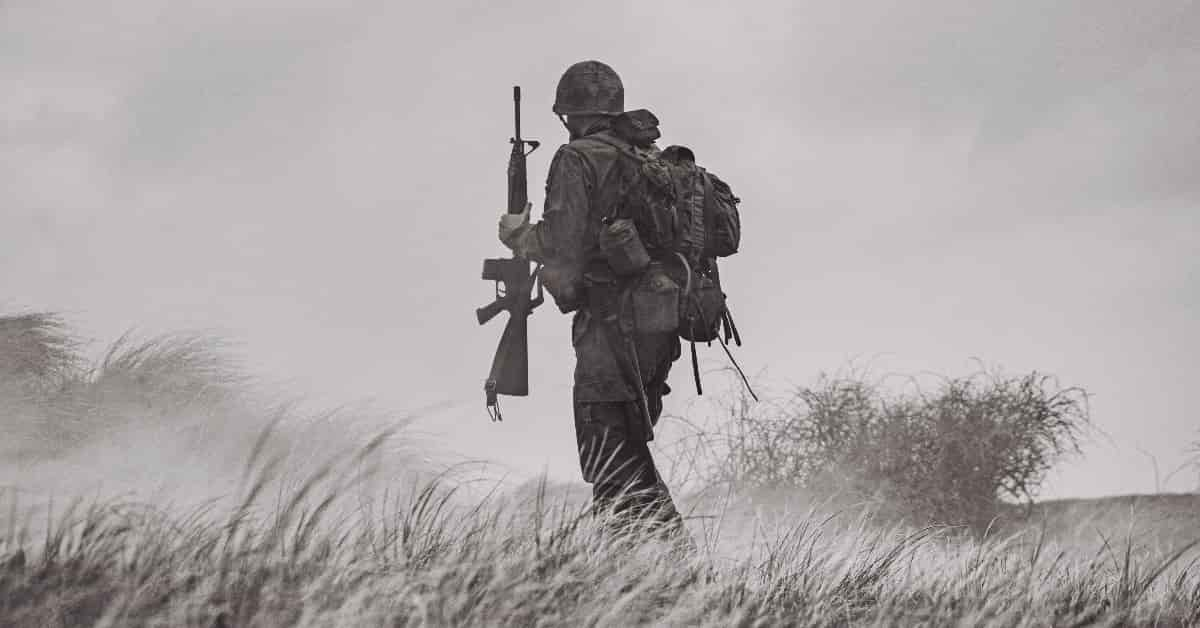





コメント